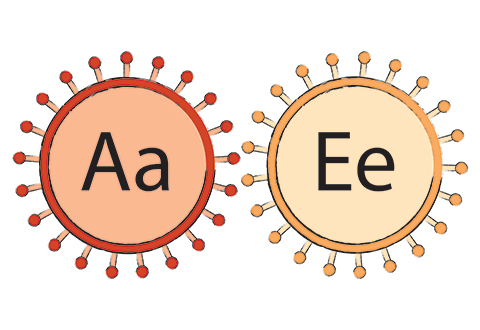A quick guide to hepatitis A and hepatitis E

This article was written by Dr Alice Lee , Gastroenterologist and Hepatologist, Concord Repatriation General Hospital.
—
There are five varieties of viral hepatitis that affect the liver. Two of these – hepatitis A and hepatitis E – only cause acute hepatitis, or swelling of the liver, with recovery in most cases. These are two different viruses. Neither lead to chronic infection, cirrhosis or liver cancer. While hepatitis B, hepatitis C and hepatitis D often lead to chronic infection and its complications, causing the majority of deaths from viral hepatitis, the viruses for hepatitis A and hepatitis E are very important to understand. Both are preventable and contributes to overall mortality around the world.
What is Hepatitis A?
Hepatitis A is spread through contaminated food or water, or through direct contact with a person who has the virus. Hence, prevention is through access to safe clean water, food safety, and improved sanitation and hygiene. Hand washing is important. Higher rates of hepatitis A are seen in low- and middle-income countries. Other groups at risk of infection are men who have sex with men and people who inject drugs.
After having had hepatitis A, most people will recover and then have a lifelong immunity to the virus. Vaccination is available for those at risk of infection, including travelers to areas where infection is more common.
Most cases cause mild illness, but at times can lead to severe illness and death. Outbreaks can occur due to contaminated food or water. There were over 7,000 deaths around the world from hepatitis A in 2016. This represents less than one percent of deaths from hepatitis. People with underlying liver conditions can suffer with severe illness and, because of this, should be vaccinated.
What are the symptoms of Hepatitis A?
Symptoms from acute viral hepatitis are similar, irrespective of which virus is causing it. “Hepatitis” refers to inflammation of the liver which can cause nausea, fever, poor appetite, dark urine, jaundice (that is, yellow skin and body fluids), and abdominal discomfort. Diarrhoea is also seen with hepatitis A. Blood tests will confirm whether you have been infected recently or have been exposed in the past. Recovery time can be variable. There is no specific treatment apart from supportive care.
All Koreans should consider whether they are candidates for hepatitis A vaccination. Talk to your doctor.
What is Hepatitis E?
Hepatitis E has some resemblance to hepatitis A in that it is spread through similar means, particularly contaminated water. However, it has a different global pattern and is less common in Korea. It is very uncommon in Australia, with most cases being people arriving back from overseas – including from low- and middle-income countries in East and South Asia. Outbreaks are reported in refugee camps and after emergency situations (such as floods or earthquakes) where access to clean water is difficult.
In Australia, sporadic cases without any obvious source can happen, but this is usually associated with eating undercooked meat from infected animals. Globally, there are more than 20 million cases of hepatitis E each year, with about 15% having symptoms.
What are the symptoms of hepatitis E?
Symptoms are very similar to that of hepatitis A and the diagnosis is made based on history of travel as well as special blood tests. Hepatitis E can lead to severe illness, including liver failure. Death rates are highest in pregnant women. There is no specific cure for hepatitis E, treatment consists of supportive care with fluids and managing symptoms. Where needed, some patients may need to be hospitalised. Prevention remains key with good food hygiene and clean water. A vaccine has been developed for hepatitis E but is not widely available or used worldwide.
Prevent and identify viral hepatitis
Although these two viral infections have less overall impact compared with hepatitis B, hepatitis C and hepatitis D – which lead to chronic infection and death in nearly 300 million people globally – hepatitis A and hepatitis E still remain important to prevent and to identify.






